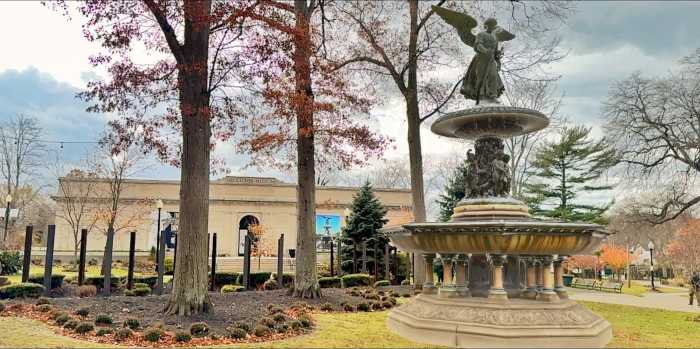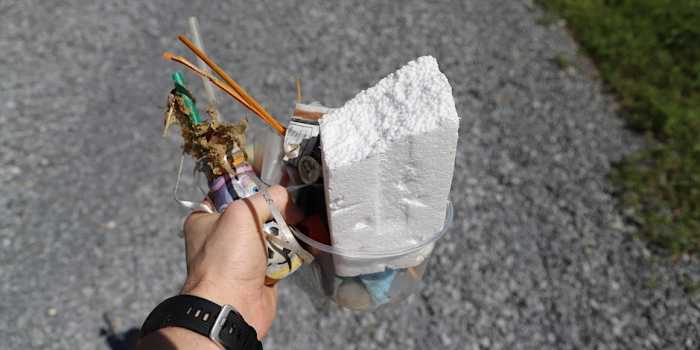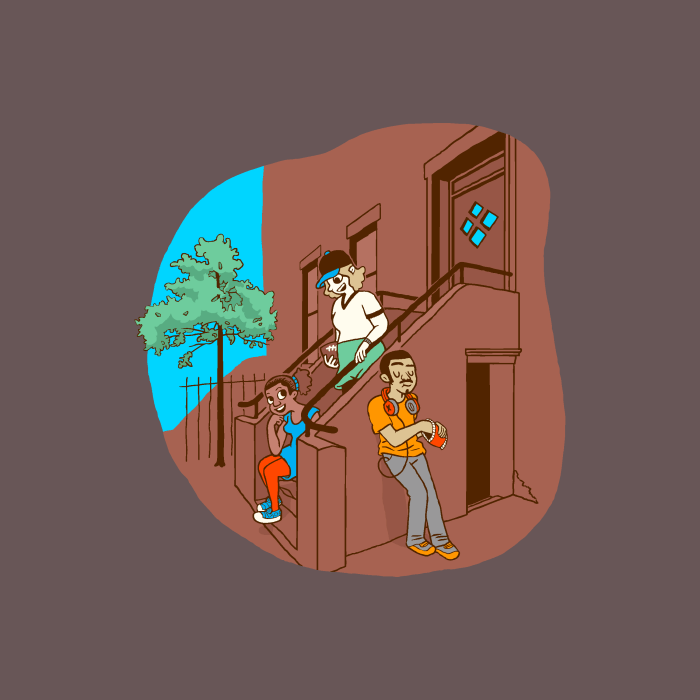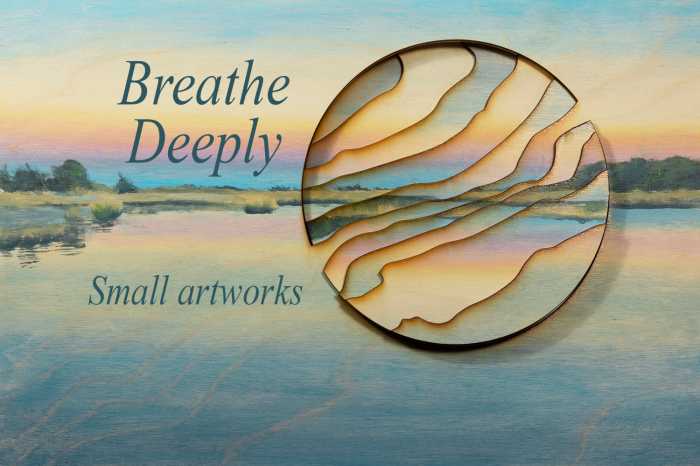Town parks officials gathered among Gerry Pond Park’s greenery to bring awareness to locally found invasive plant life on Wednesday, Sept. 17. The 12 common harmful species, dubbed the “Dirty Dozen,” take over natural areas, kill ornamental plantings and push out native plants, according to horticulturist Helene Drozd.
“They will spread rapidly over an area and take over, and they will choke out any other plants that are in that spot,” Drozd said.
The “Dirty Dozen” includes porcelain berry, bamboo, English ivy, Chinese wisteria, Phragmites, Japanese knotweed, tree of heaven, mugwort, Oriental bittersweet, Japanese barberry, multiflora rose shrub and burning bush. While these plants may be beautiful, they are harmful to the ecosystem around them. The conference provided graphics so residents know what to look for.

If one sees an invasive species in their yard, they should remove the entire plant – including the entire root system, Drozd advised.
“Don’t just pull the top off, because the plant will keep coming back,” Drozd said. “You just try to remove as much of the plant as possible, and then ideally to cover the ground, you would plant something more beneficial in its place.”
Once the entire invasive plant is removed, environmental control specialist Meagan Fastuca recommended replacing it with native species to help improve the ecosystem. Native plants provide food and habitat for pollinators and other local wildlife. They also help absorb stormwater and can improve air quality, according to Fastuca.
The conference was done in collaboration with Spadefoot Design & Construction, which specializes in restoring the balance of ecosystems by replacing invasive plants with native vegetation.
Frank Piccininni, president and CEO of Spadefoot Design & Construction, estimated Spadefoot has restored 50 to 70 acres of native habitat on Long Island so far this year. The company uses specialized machinery, including a forestry mulcher. Piccininni said native plants may come back naturally, but it’s still important to replant in the areas.
“You’ll be rewarded in the form of birds coming back and these beautiful blooms and these beautiful butterflies fluttering around,” he said.
Marshall Brown of Spadefoot Ecosystem Solutions and Long Island Conservancy also emphasized how local animals are helped by native plants. “We don’t have local wildlife without local plants,” he said.
Early fall is a good time of year for recognizing and eliminating invasive species because some of the obvious identification features of the species are visible, according to Drozd. Additionally, early fall is a good time for planting because it’s not too cold at night.
To encourage replacing invasive plant species with native ones, the town offers a native plant rebate program, which is accepting applicants through the end of September or until funding is exhausted.
“This is the perfect time to apply for natural plants and get a discount on them,” DeSena said. “There’s a lot of green being saved here today, literally and financially.”

DeSena closed out the conference by reminding everyone that individuals can’t “save the environment on their own,” but that small steps do make a difference. DeSena mentioned that it was Car Free Week and doing things as minimal as reducing the number of miles driven and restoring native plants makes a difference “for our children.”




































